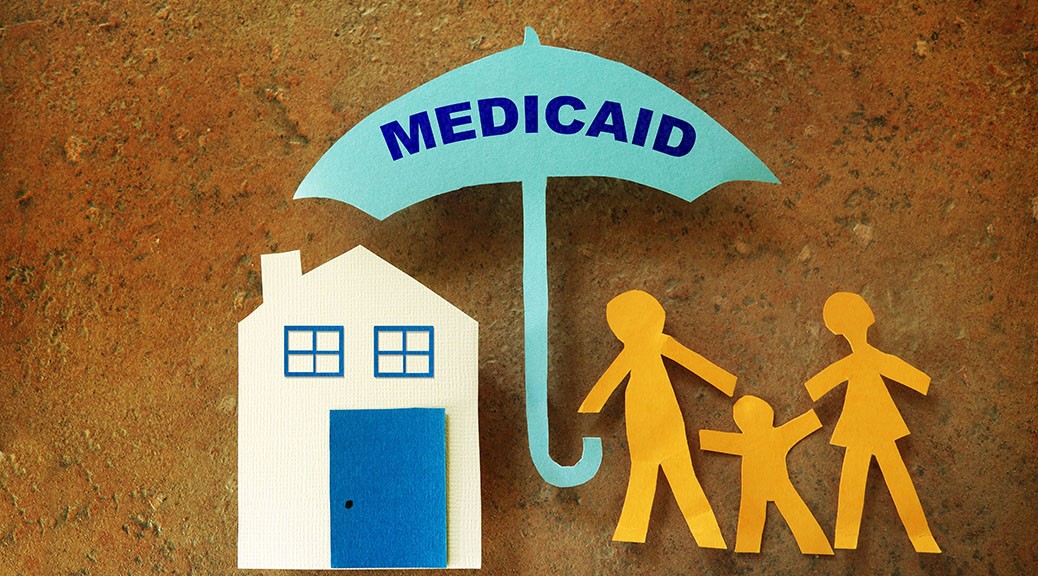The South Dakota Association of Health Care Organizations (SDAHO) supports Gov. Dennis Daugaard’s Medicaid expansion plan and his decision Wednesday to forgo a special legislative session to tackle the issue of Medicaid expansion.
Daugaard said South Dakota has a good plan to help the working poor access health care at no additional cost to the state and its taxpayers, yet he has heard from legislators who would like more time to study the plan.
SDAHO President and CEO Scott Duke said SDAHO continues to be encouraged and confident of the positive results that will occur from increasing access to quality health care services for 50,000 hard-working South Dakotans.
“Expanding Medicaid is SDAHO’s highest priority, and we appreciate Gov. Daugaard’s ongoing leadership and support of this important issue,” Duke said. “We will continue to work with our members and the broader coalition to share the benefits of this plan.”
South Dakota has the opportunity to expand Medicaid coverage to 50,000 hard-working South Dakotans between the ages of 18 and 65 at no additional state cost and guarantee that the federal government won’t shift its responsibility to pay for Native American healthcare to the state. The number includes some 13,000 residents who fall into a coverage gap with incomes too high to qualify for Medicaid yet too low to qualify for tax credits through HealthCare.gov. The plan is backed by more than 60 organizations including SDAHO.
Cost savings from a new Indian Health Service policy are helping to fund the governor’s proposal, which would help cover 15,000 Medicaid-eligible Native Americans and save up to $67 million in the 2017 fiscal year. The plan would improve the quality and quantity of work and reduce the amount of time not employees miss work due to health-related factors.
The Medicaid and Medicare programs were signed into law in 1965, with Medicaid covering low-income Americans and Medicare covering those 65 years and older. Although the federal government establishes certain parameters for all states to follow for Medicaid, each state administers the program differently.







